Never heard of the Pho-Tak Corporation and the cameras they manufactured around 1948-1950 in Chicago? Neither had I, until I unwrapped this Christmas gift from my daughter, who sparked my interest in vintage cameras about 6 years ago.
It’s a solid little tank of a camera, made almost entirely of metal, with a worn black leather strap on top that tends to flop in front of the viewfinder at inopportune times. It takes eight 2 1/4 x 3 1/4 inch exposures on a roll of 120 film through it’s fixed focus lens and single blade shutter that offers either 1/50 second or “time” exposures. It apparently cost $6.95 back in 1950, but I’m sure it costs a bit more nowadays, pretty much wherever you can find it. On eBay, expect to pay anywhere from $15 to $40 for this 70-year-old camera.
Fun fact about this camera: some of this type were manufactured with the word “time” printed to the left of the word “Traveler,” making this, for some, the “Time Traveler” 120. Mine is not one of those, but arguably shooting with one of these cameras is still traveling in time.
It’s a simple camera, really – much like most other box cameras. No aperture or focus settings, just a switch for 1/50 second or “time” exposures, a shutter button, and a film winder. There are inputs for a flash, but I’m guessing you’ll be hard pressed to find one of those, much less put it into actual use. So this is a camera you’ll want to use outside in bright sun. I took mine out for a test run in New Orleans after I found a shop selling overpriced Tri-X 400 and Fuji 400H film. I bought one roll of each.
With color film, the results were mixed. The camera is a bit bulky and heavy to carry around, but the leather strap is handy as long as you move it from in front of the viewfinder when you shoot. But the results were generally sharp and well-exposed at 1/50s. Unfortunately, I realized partway through the roll that the little red plastic window was no longer attached where it belongs and I used my thumb to block bright sunlight as much as I could, but was not always successful.
The other issue I had, clearly visible in the image above, was that the film didn’t advance smoothly, and it seems that forcing the film to advance caused it to scrape across the rollers so that the emulsion was scratched – not much in the beginning, but increasingly as I worked my way through the roll.
In a number of the photos – both black and white – the film appeared to loosen in the camera, causing the bottom (and sometimes the top) of the exposure to be not-quite-straight, requiring cropping.
The black and white photos were much better. I took care to tape the red plastic window in place and I didn’t have any more scratching of the emulsion. Nearly all the pictures turned out – even in low light (may be more a testament to the film than the camera) and at closer distances.
Verdict: This camera is virtually indestructible – apparently except for the plastic window protecting the film from light leaks. A bit chunky and bulky but as long as the film moves freely, seems to take reliably good photos. If nothing else, it will definitely start conversations.
Thanks to my daughter for passing along this unique “time traveler” of a camera. As I take more photos with this camera, they’ll show up here.

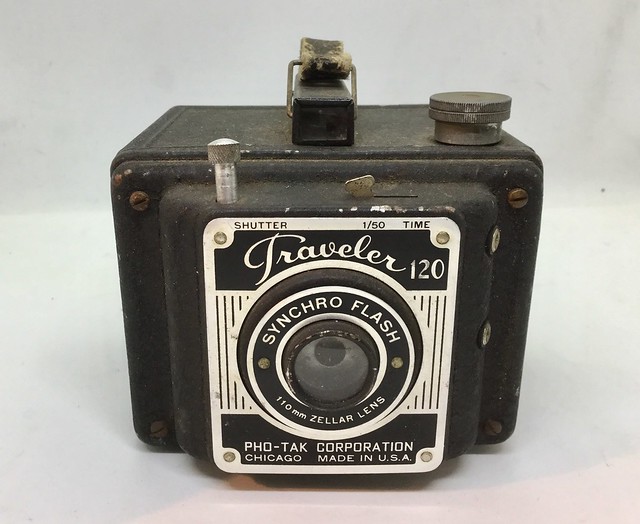



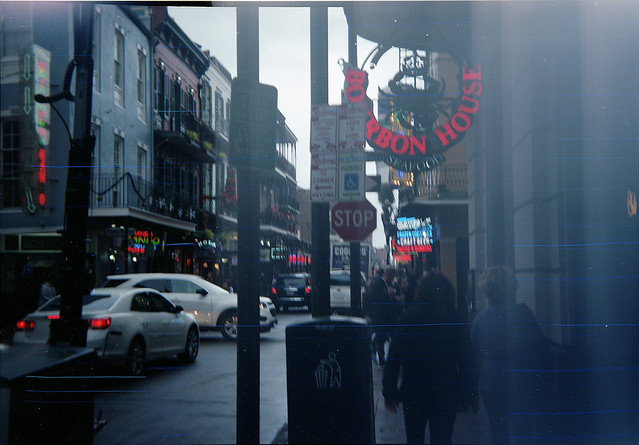


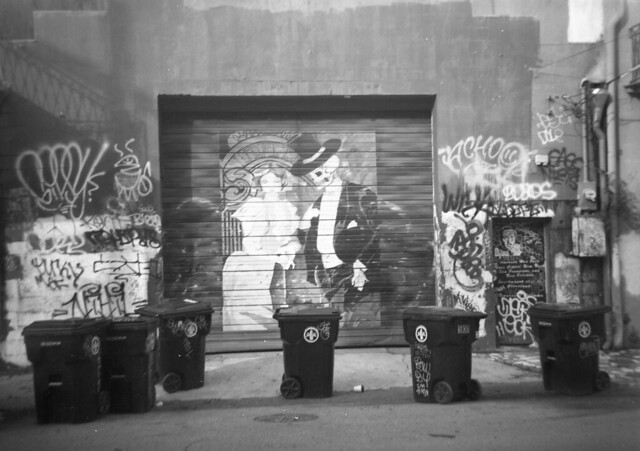

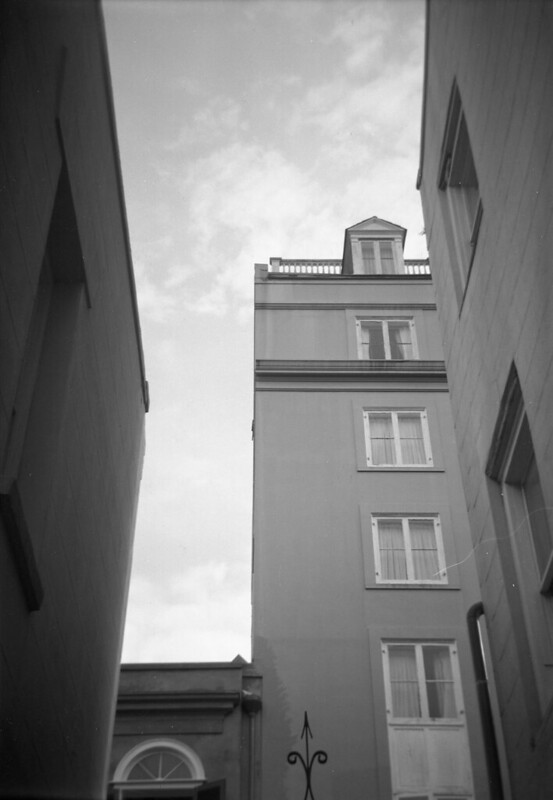
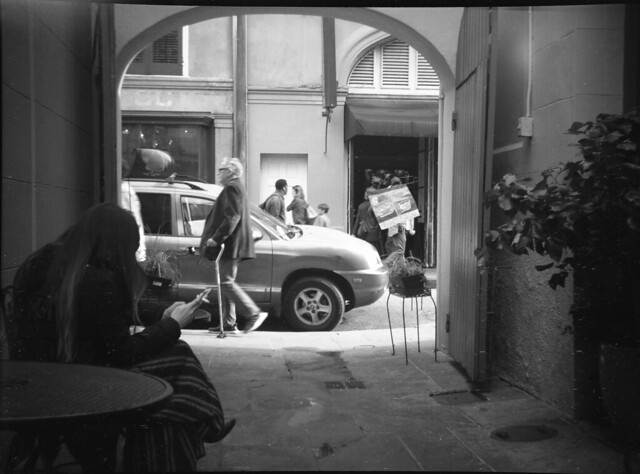

It looks like this little box has a capable lens. There’s minimal vignetting and corner softness. Not bad!